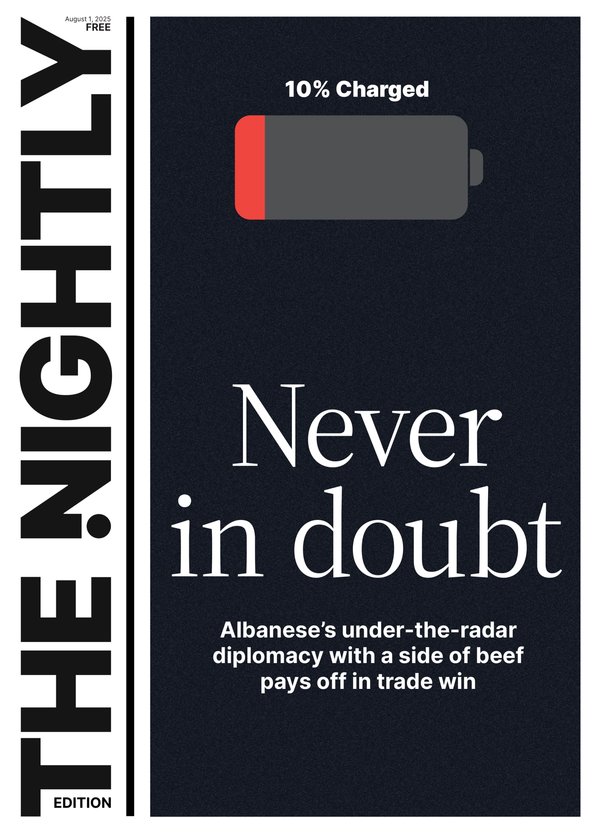RBA interest rates: Westpac makes big call on when to expect next rate cut

Westpac reckons the Reserve Bank will hold fire on interest rates in July but expects more relief for borrowers early in 2026.
The big four bank defied financial market predictions of fast rate relief and said the RBA would move “cautiously and predictably”.
Markets expect an 84 per cent chance the RBA will lower the cash rate to 3.6 per cent at the meeting next month.
Sign up to The Nightly's newsletters.
Get the first look at the digital newspaper, curated daily stories and breaking headlines delivered to your inbox.
By continuing you agree to our Terms and Privacy Policy.Westpac expects the RBA will hold on a little longer with cuts in August and November, and two more in February and May.
“Let’s not get ahead of ourselves,” Westpac chief economist Luci Ellis said.
“The (RBA) board described itself as having a preference to move cautiously and predictably.
“This is code for not wanting to do back-to-back cuts.”
She said the RBA was looking to ease the restrictiveness of interest rates as inflation slowed rather than quickly seeking to stimulate the economy.
“Nothing that has happened since (the May meeting), including a disappointing GDP number, has been enough to tip the RBA into changing its mind in the near term,” Ms Ellis said.
GDP figures were lower than expected for the March quarter and the economy grew just 0.2 per cent over those three months. That led traders to ramp up betting on a July cut.
Ms Ellis said jobs data next week would likely remain strong and inflation, although slowing, would be slightly above the RBA’s forecasts.
Yet the bank is tipping the RBA will ease further in 2026.
“The arguments in favour of doing more than (two more cuts) are building. In particular, the outlook for inflation is shifting in the face of slowing population growth and a handover from public to private sector demand growth that is looking shakier,” Ms Ellis said.
Commonwealth Bank was more optimistic for borrowers getting immediate relief. Senior economist Belinda Allen said the momentum was heading towards a July cut, depending on upcoming data.
Yet there was good news offshore overnight on Wednesday with signs of a trade peace deal between the US and China.
The bank’s index of household spending lifted 0.5 per cent in May.
“The consumer spending rebound is unfolding at a slower rate than we expected,” senior economist Belinda Allen said.
“(This) could be the result of scarring from a loss of real household income post-COVID, and the impact of global uncertainty caused by trade tensions.
“We are seeing some green shoots however, as our insights suggest households are using money saved from energy rebates and lower petrol prices to enjoy themselves by dining out and spending on experiences.”
